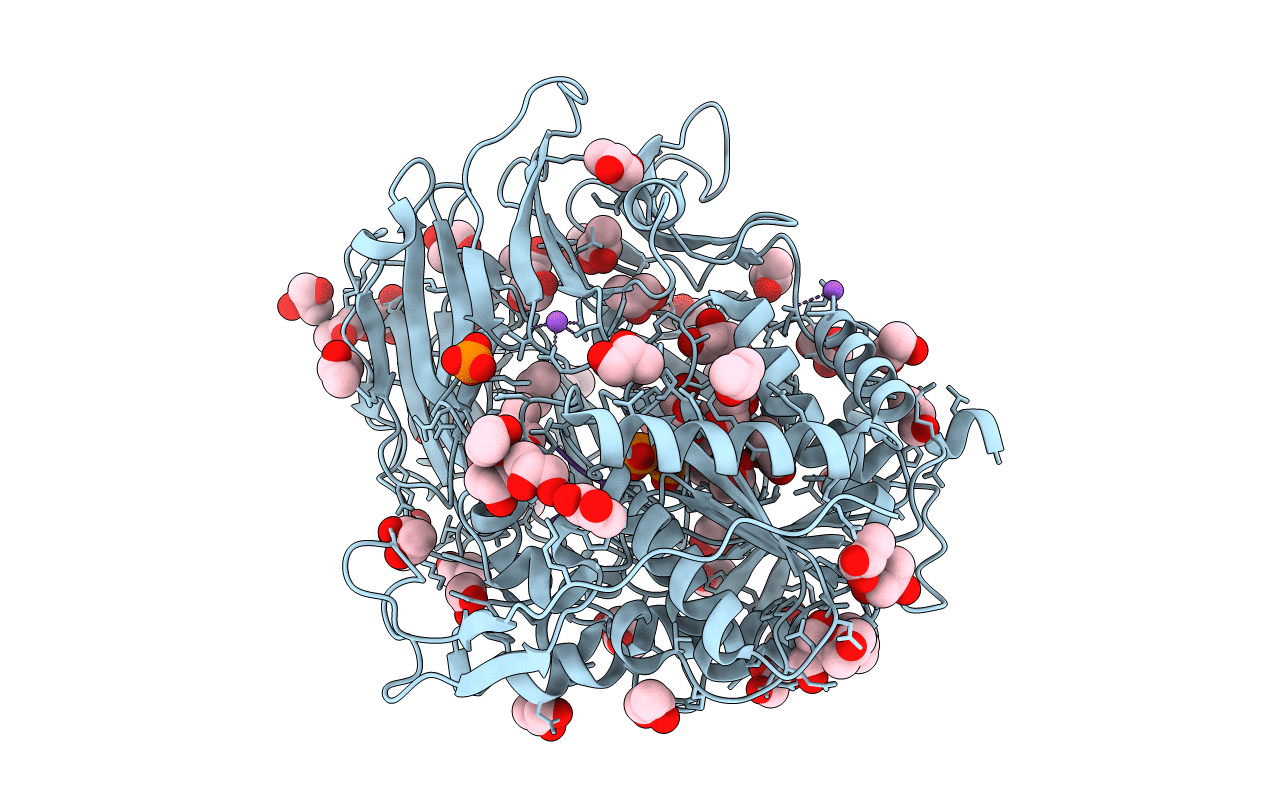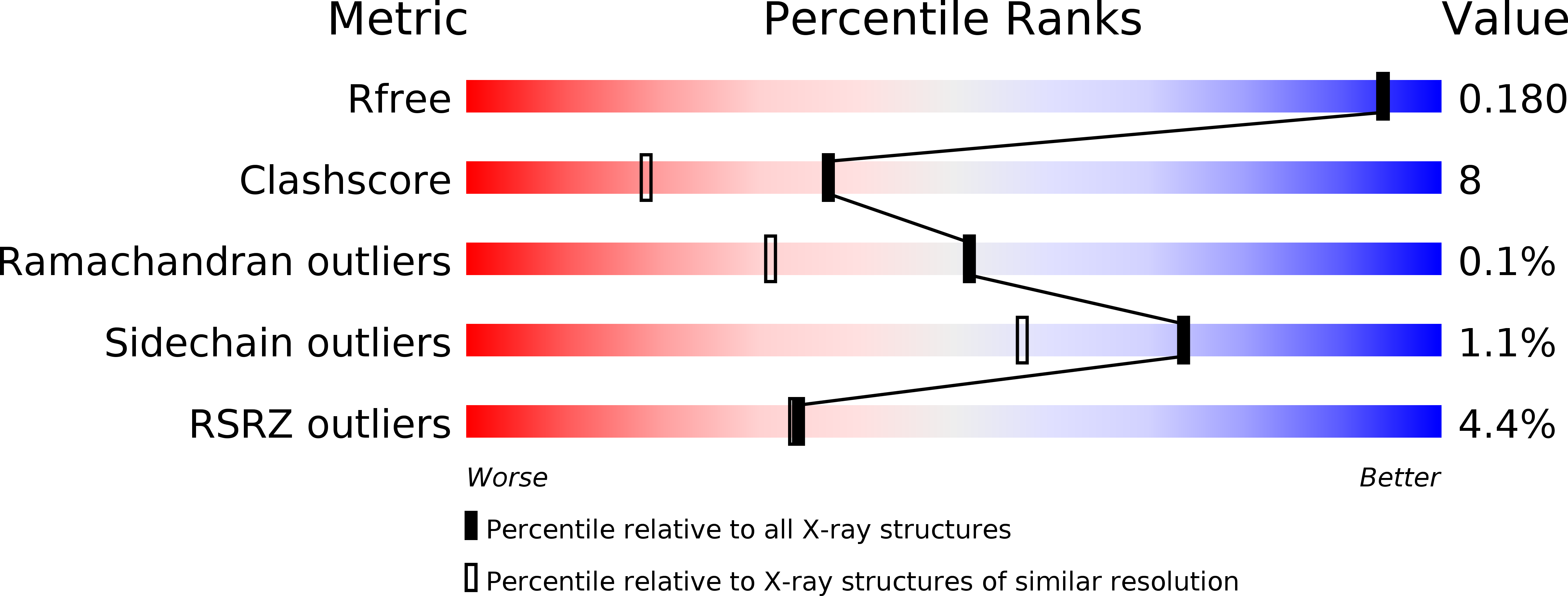
Deposition Date
2010-05-11
Release Date
2010-10-06
Last Version Date
2024-10-23
Entry Detail
PDB ID:
2XE4
Keywords:
Title:
Structure of Oligopeptidase B from Leishmania major
Biological Source:
Source Organism:
LEISHMANIA MAJOR (Taxon ID: 5664)
ACTINOBACTERIA (Taxon ID: 1760)
ACTINOBACTERIA (Taxon ID: 1760)
Host Organism:
Method Details:
Experimental Method:
Resolution:
1.65 Å
R-Value Free:
0.17
R-Value Work:
0.14
R-Value Observed:
0.14
Space Group:
I 2 2 2


